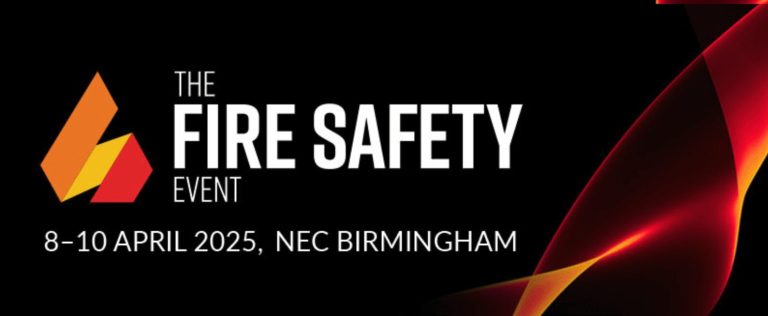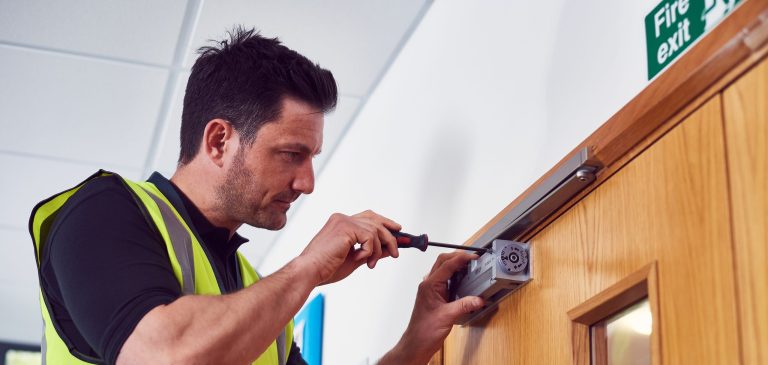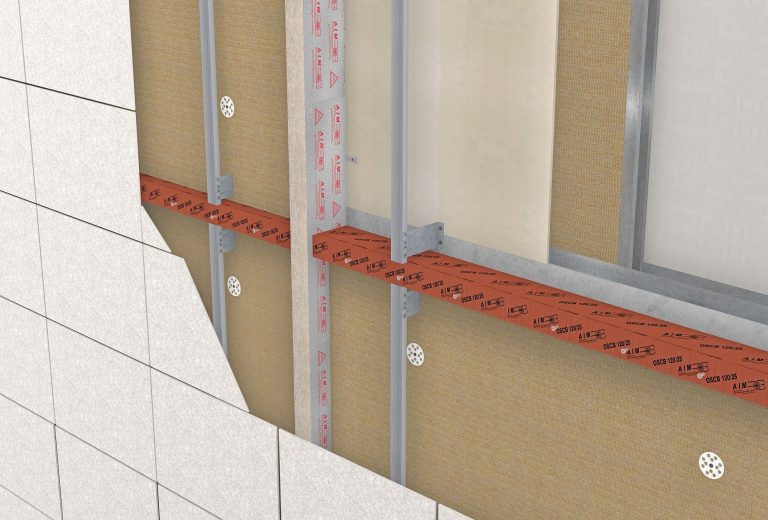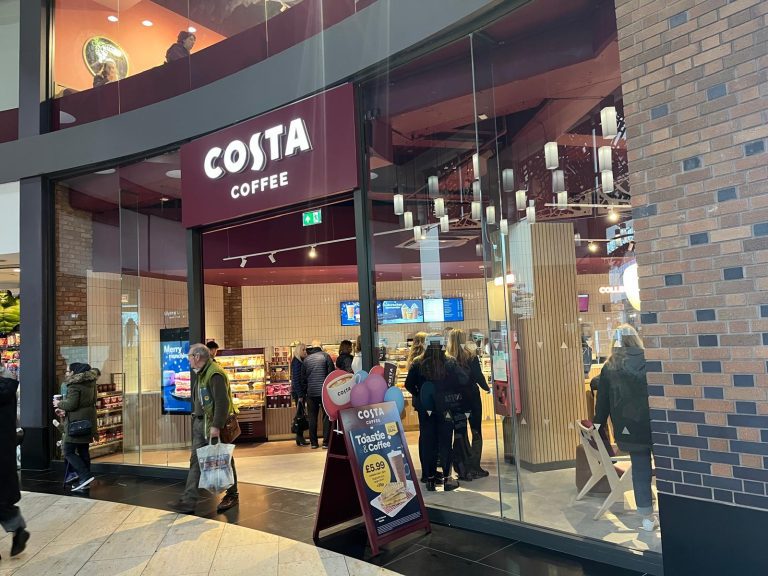A major new build construction project in the heart of London, Mount Pleasant, required Keyfix’s market-leading and A1 fire-rated Non-combustible Cavity Tray System (NCCT) to ensure it was future-proofed for many years to come. The £45 million project, overseen by main contractor and developer, McAleer & Rushe, involved the transformation of the former Royal Mail Mount Pleasant sorting office in Farringdon, London, into 131 new mixed-tenure residential apartments across three blocks, varying in heights of four, eight, and 10 storeys. The development also includes external communal spaces, cycle storage, car park spaces, and a wellness centre comprising of a gym, sauna, swimming pool, and treatment facilities. With McAleer & Rushe keen to meet tight deadlines, speed of installation was imperative. As a result, Keyfix’s expertise and proven Pre-Formed Corner units were required from Phase Two of the project. Keyfix supplied 2,400m of its NCCT, including 1,830 pre-formed Corner Units and 9,500 Non-combustible Weeps. Keyfix’s sister company Keystone Lintels also provided Non-combustible Cavity Tray Lintels (NCCTL). Additionally, IG Masonry Support, another member of the Keystone Group, designed and manufactured Folded Angles, Folded Angle Piers, and Welded Masonry Support for Blocks B, C, and D of the development. This close collaboration of Keystone Group companies meant that our teams could offer a combined solution to McAleer & Rushe, ensuring that the slab edge remained decongested, safe-proofing the building. This level of collaboration helps limit downtime, reduces the level of re-work, speeds up the build programme, and ultimately reduces unnecessary costs. With future-proofing the building a major focus for McAleer & Rushe in case regulations become more stringent, Keyfix’s A1 fire-rated NCCT was chosen as it exceeds the current building regulations and does not contribute to fire loading. Furthermore, the enduring quality of the stainless steel ensures the system typically outlasts the lifespan of the building. McAleer & Rushe designed this build to achieve a BREEAM ‘Very Good’ rating and a Code for Sustainable Homes Level 4 certification, so Keyfix’s sustainability and buildability-focused NCCT was the ideal choice as Keyfix’s NCCT is manufactured from Grade 304 austenitic stainless steel which is 100% recyclable. Keyfix’s NCCT also features a unique design that enables the stainless steel tray to be self-supporting across the cavity. This commercially-viable and rapid-build system is self-supporting and does not connect to the internal structure making it more thermally efficient, whilst avoiding issues typically associated with differential movement. Keyfix’s technical team actively supported the project by conducting site visits to monitor progress, participating in design team meetings, and delivering CPD webinars and toolbox talks. They also prepared a detailed component schedule and layout plan that integrated all three Keystone Group products on a single drawing, based on the architect’s plans. For more information about the Keyfix range of non-combustible solutions download the brochure, visit https://keyfix.com/ or for technical support call 028 8676 7508 or email info@keyfix.com Building, Design & Construction Magazine | The Choice of Industry Professionals














